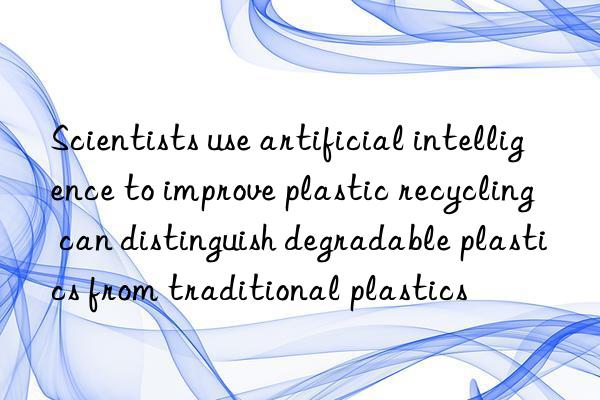
Food packaging bags, coffee cups, plastic bags... Plastic can be seen everywhere in our daily life. In recent years, with the guidance of national policies and the improvement of residents' awareness of environmental protection, more and more people have begun to use degradable plastic products.
It’s just that it’s difficult to effectively distinguish these degradable plastic products from traditional plastics in appearance. If the recycling process is not done well, it may pollute the recycling of plastics and reduce the efficiency.
Researchers at University College London (UCL) in Frontiers in Sustainability In a paper published today, they used machine learning to automatically classify different types of compostable, biodegradable plastics and distinguish them from conventional plastics.
Professor Mark Miodownik, corresponding author of the study, said: "The accuracy is so high that it could make the technology feasible for future use in industrial recycling and composting facilities".
IT House learned from the report that the researchers used artificial intelligence to classify plastic materials between 5mm by 5mm and 50mm by 50mm.
The traditional plastics tested in this test are mainly PP and PET (mainly used in food containers and beverage bottles); the compostable and biodegradable plastic samples are mainly PLA and PBAT Material for cup lids, tea bags and magazine wrapping.
The results showed a high success rate: the model achieved perfect accuracy for all materials when sample measurements exceeded 10 mm x 10 mm. However, for a size of 10 mm x 10 Sugarcane-derived material or palm-leaf material that was mm or smaller had a misclassification rate of 20% and 40%, respectively.
Looking at fragments of size 5mm x 5mm, the identification of some materials is more reliable than others: for LDPE and PBAT fragments, the misclassification rate is 20%; false identification rates were 60% (sugar cane) and 80% (palm fronds) for the two biomass-derived materials.



 微信扫一扫打赏
微信扫一扫打赏
